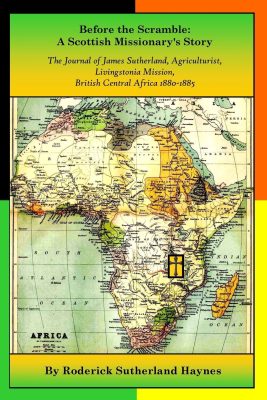|
Listen to or download this article:
|
Author John W. Feist unfolds a true-love story, old-fashioned letter style, in his historical romance novel, The Color of Rain: A Kansas Courtship in Letters.
Three and a half years pass before Irene Webb, a college-educated schoolteacher, hears about the beloved Wilson family she stayed with as a boarder, caring for Harold and Wallis, their two sons. But the news sent to her in August of 1896 is not good; Allie, Frank’s wife, unexpectedly dies. “I realize this is no time for letters,” Irene writes to him before expressing her most profound condolences. Formalities aside, the letter sparks renewed friendship, and the two Kansas friends begin exchanging letters regularly.
A handsome, well-respected local banker and now eligible bachelor, Frank Wilson, is nothing less than a hot ticket item with “the path to [his] home … a pilgrimage for unmarried women bearing casseroles.”
While the attention is encouraging, he’s not interested in finding a replacement for Allie right away. Except for Irene. Three months after Allie’s death, Frank makes the day trip via two trains from Horton to visit her at her parents’ farm in Nortonville—a mere half-hour drive with today’s modern conveniences. Thus, a long-distance courtship commences.
Frank and Irene remain busy people – his with banking, and Irene (the oldest of seven children) cares for her ailing father and holds down the fort of the large Webb household. The two lovers keep to weekly letter-writing since they barely have the chance to see each other, especially when trials and tribulations convolute their individual lives. Irene cannot imagine the issues she must confront, including an enticing school principal offer, as she contemplates marriage.
Rising author, John W. Feist, utilized his storytelling skills to bring a love journey to life.
The benefactor of his grandparents’ courtship correspondence, Feist saw an opportunity to go back in time and recreate what “dating” looked like near the turn of the twentieth century. It’s difficult to imagine the formalities behind courtship, let alone women succumbing to patriarchal ties. But that was not necessarily the case with Feist’s grandparents.
If Irene wasn’t the intellectual she was, she might have balked at Frank’s direction toward marital preparation. Instead of following through with the usual romantic proposal, Frank gave her Orson Squire Fowler’s groundbreaking Creative and Sexual Science to read and for them to discuss. To his delight, she took up the challenge. Although the hefty read might have carried an undercurrent of male domination, what made it revolutionary was Fowler’s eye-opening stance that husbands and wives should be considered equals, an ideal Frank had with Allie and hoped he’d have Irene.
Of course, there is so much more to Frank and Irene’s relationship.
The Color of Rain: A Kansas Courtship in Letters goes beyond recording a family legacy; it is a human-interest story. Feist’s rich writing style stitches historical details, providing a seamless flow from letters-writing to narrative sections that capture everyday life’s realities amid unsettling times. Concerns over Indian Territory and Negro Freeman allotments (which Frank was involved in as a banker) and contracting diseases like malaria and typhoid (both Irene’s mother had, eventually dying from the latter) are two prime examples.
The Color of Rain: A Kansas Courtship in Letters is a must-read for all, especially history aficionados.











Leave A Comment